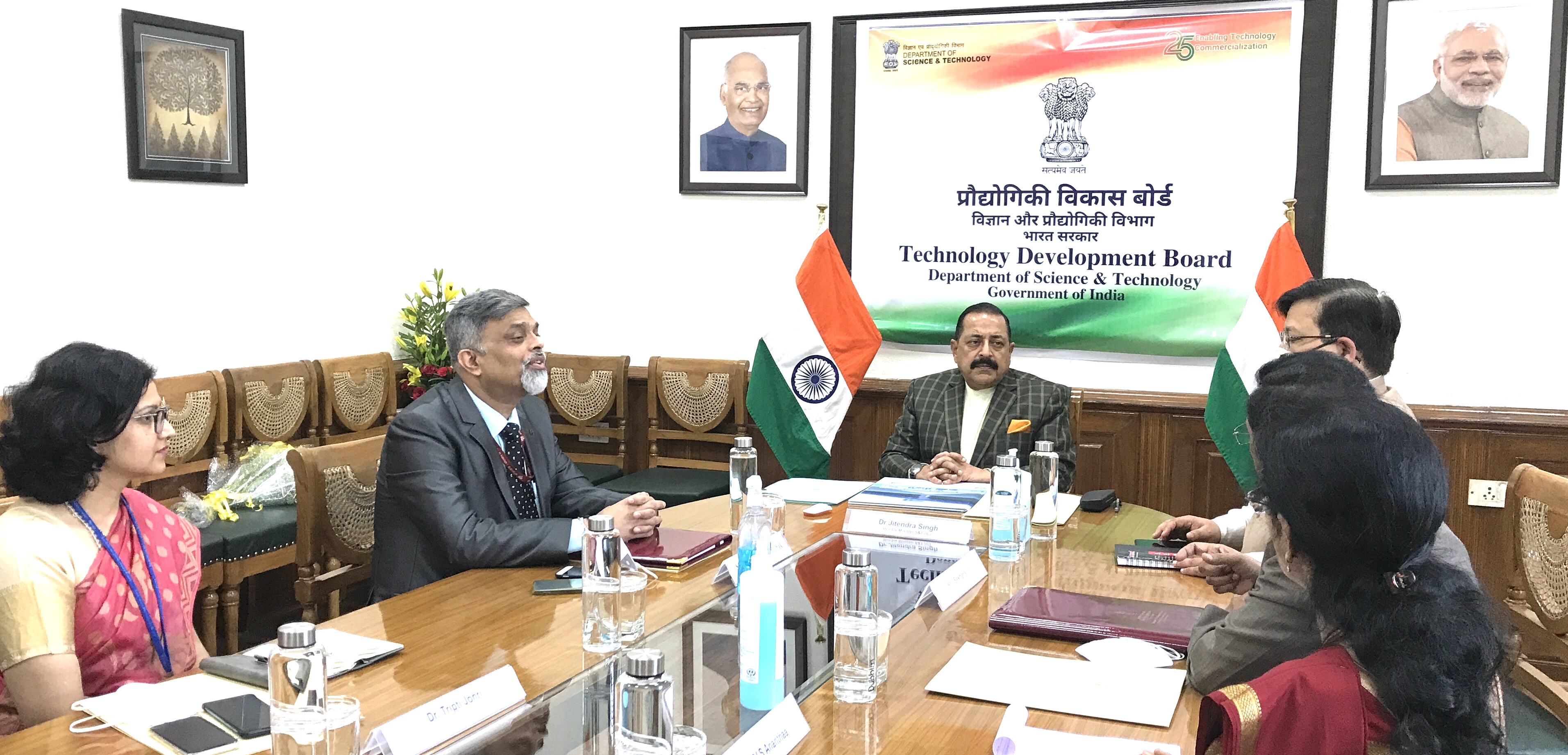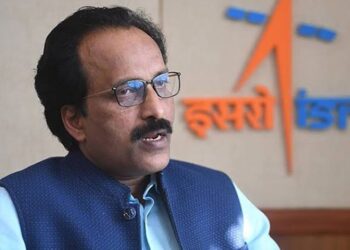Union Minister of State (Independent Charge) Science & Technology; Minister of State (Independent Charge) Earth Sciences; MoS PMO, Personnel, Public Grievances, Pensions, Atomic Energy and Space, Dr Jitendra Singh today said that the Ministry of Science & Technology has decided to promote a unique Start-up in latest Daylight Harvesting Technology in order to reduce carbon footprint and improve the building energy efficiency.
The only Start-up company in India for Daylight Harvesting Technologies “Skyshade Daylights Private Limited” Hyderabad signed an MoU with Technology Development Board, a statutory body of Department of Science & Technology in presence of Dr Jitendra Singh.
Dr Jitendra Singh said that TDB will give Rs 5 Crore of the 10 Crore project to Skyshade company for developing new technologies for basement illumination on 24×7 basis. He said, the company is engaged in roots starting with design & build operations of large skylight domes for building atriums and solar thermal technologies. He said, the Start-up has now come up with two more innovative solutions naming Human centric-climate adaptive building facades and Central integrated daylighting system. These two systems will give new horizon to the daylighting and these products are easily affordable, adaptable and economically viable.
Dr Jitendra Singh said, Daylighting is basically bringing natural sunlight inside the rooms. He said, the solar energy spectrum has 45% energy as visible light and this can be used to harvest building illumination for about 9-11 hours a day. The Minister said that the Technology used is completely indigenous, economically viable and easy to deploy and needs minimal maintenance with longevity. Moreover, the proposed technologies, harvest huge quantities of sunlight for a building and make available for building illumination which reduces electrical lighting energy consumption by 70-80%, besides reducing air-conditioning (cooling load) consumption, he added.

Dr Jitendra Singh said that Skyshade Daylights Private Limited had been working in this area since 2014 and did daylighting for vide range of consumers from Government bodies, PSUs, Corporate to a few religious structures comprising Airport Authority of India-Chennai, Telangana Secretariat, PMO office South block, New Delhi, NTPC, Amazon, Caterpillar, IKEA, Mahindra, Tata Motors Hero Motors, Yadadri Temple, Sri RanganathaSwamy Temple, Shiva Temple, Bohra Masjid etc. They further plan to daylight the religious Ayodhya Temple.
Rajesh Kumar Pathak, IP&TAFS, Secretary, TDB, said that “Lighting is a fundamental requirement of our daily life. Daylight is available universally and it is a very clean and cost-efficient source of energy. Meeting our energy requirement during the day by using daylight harvesting technology will contribute immensely to meet one of the commitments of the five nectars of “PANCHAMRIT” i.e., to make India as Net Zero emission country by 2070. We believe that this unique project in itself may prove to be a game changer & may become a mass movement for Environmental Conscious Life Style in years to come.
The Company has proposed a complete solution for Daylight Harvesting though their technologies to reduce carbon footprint and improve the building energy efficiency. The company aims to create Green & Net zero buildings and to participate and contribute in national missions under the National Action Plan on Climate Change (NAPCC).
With the world’s largest expansion plan in renewable energy sector, India aims at universal access to sustainable energy solutions and to enable a low carbon future, with significant economic, environmental and social impact. The country has set an ambitious target to achieve a capacity of 175 GW of its energy requirement from renewable energy sources by the end of 2022, and committed to achieve 500 GW by 2030 as stated by Prime Minister at the COP26 summit in Glasgow. Shri Narendra Modi on behalf of India, presented to the world the five nectar elements “PANCHAMRIT”, as India’s commitment, to deal with the issue of climate change.
Source:PIB







 Finance
Finance







